By the late 1960s, the Mustang was a household name, thanks to Carroll Shelby’s track-ready GT350 and GT500. Mercury, Ford’s mid-level brand, wanted in on the performance game. It launched a series of high-performance Cougars to challenge Shelby’s Mustangs. The effort was brief but showed Mercury could build more than plush cruisers. Here are ten facts about the Cougars that went toe-to-toe with Shelby’s legend, packed with specs and details from their short-lived muscle car era.
1. The Cougar XR7-G Used Shelby Parts
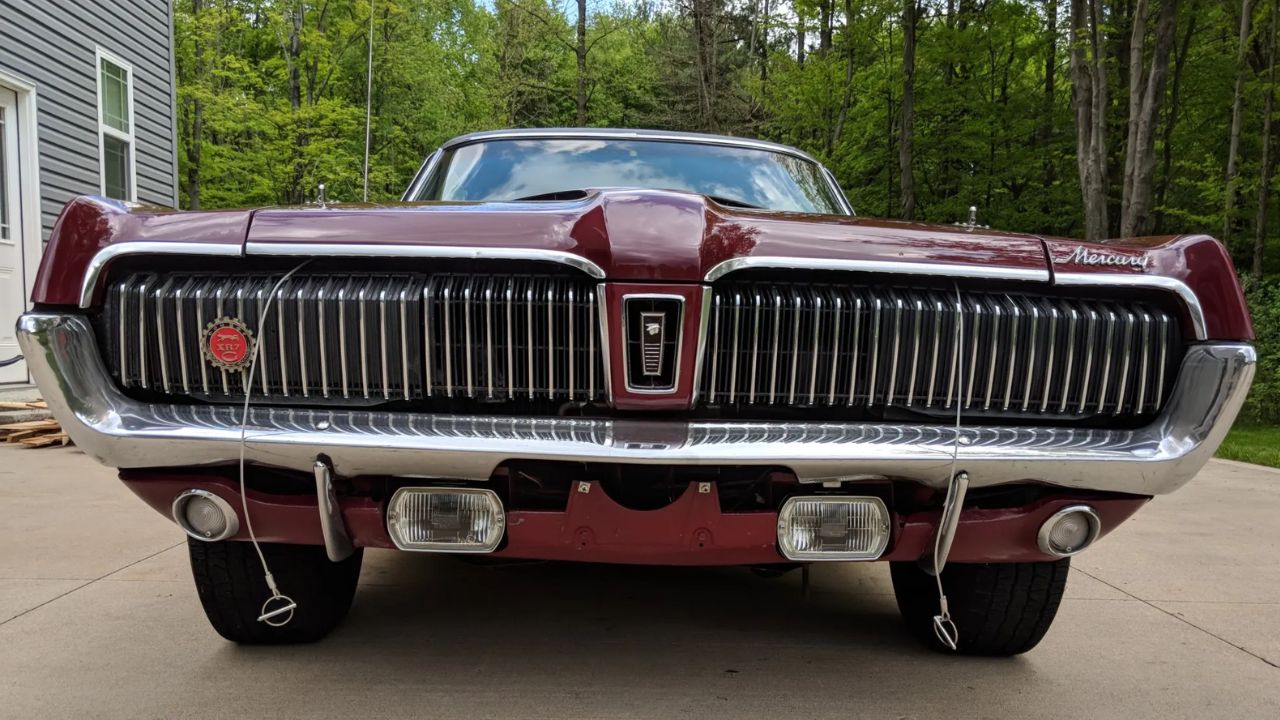
In 1968, Mercury released the XR7-G, a limited-run Cougar with parts from Shelby Automotive. Named for Dan Gurney, it featured Shelby-sourced fog lights, hood pins, and consoles, built at A.O. Smith’s Shelby plant. Most had a 302 or 390 V8 (315 hp), but 14 got the 428 Cobra Jet (335 hp).
Only 622 XR7-Gs were made, making it rarer than the Shelby GT350. It aimed for the GT350’s sporty image but leaned more luxurious, blending performance with upscale trim for a distinct vibe.
2. The GT-E Packed Serious Muscle
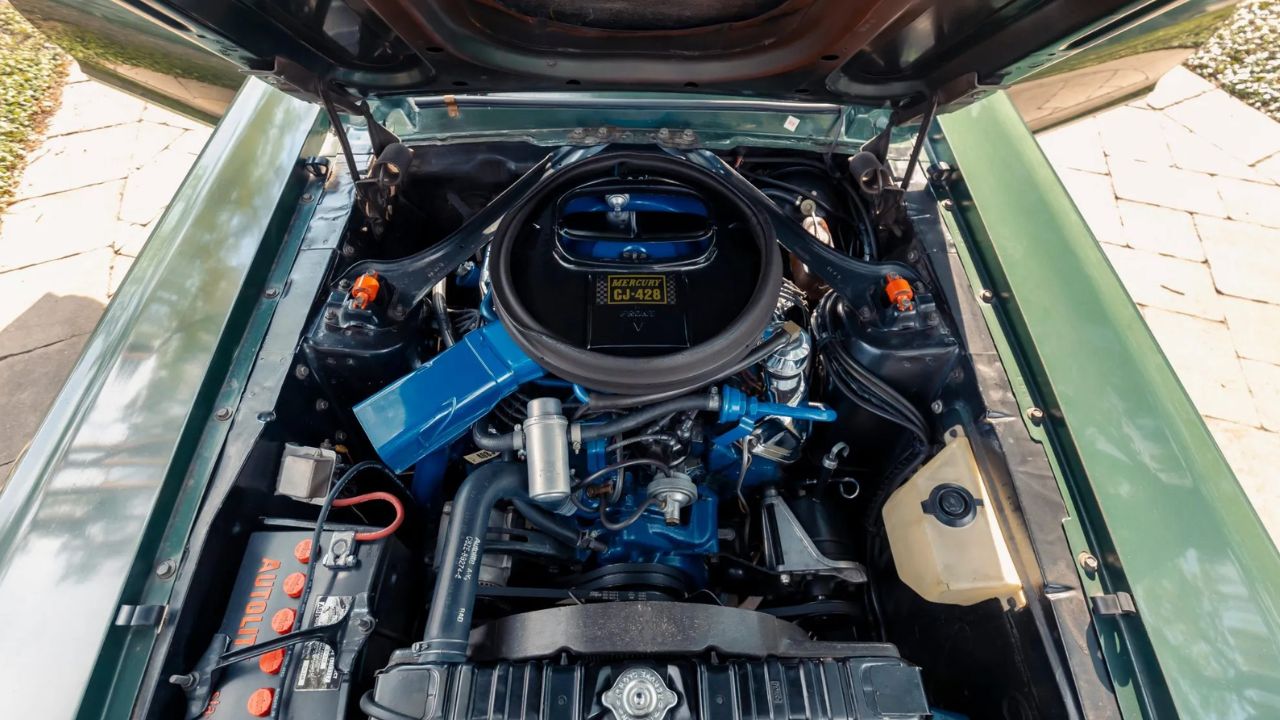
The 1968 Cougar GT-E was Mercury’s first swing at high performance, sporting a 427 V8 (390 hp) from the Ford Galaxie, later swapped midyear for the 428 Cobra Jet (335 hp, underrated). With dual exhaust, heavy-duty suspension, and power front discs, it hit 0–60 mph in ~6.5 seconds.
Only 394 GT-Es were built (357 with 427, 37 with 428 CJ), rarer than 1968 Shelby Mustangs. Its formal styling hid raw power, making it a sleeper that could rival Shelby’s big-block builds.
3. Cougar Eliminator Was the Shelby Rival
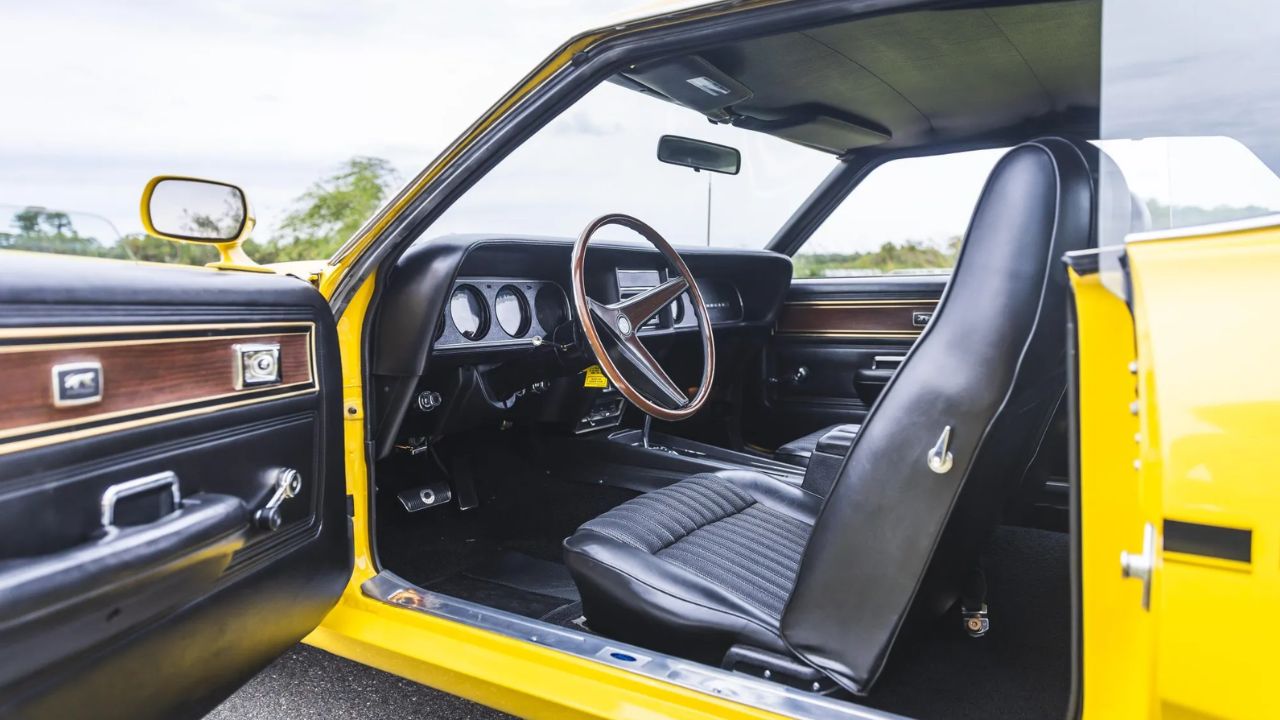
Launched in 1969, the Cougar Eliminator was Mercury’s direct answer to the Shelby GT350 and GT500. It featured a rear spoiler, blackout grille, stripes, and V8s like the 351, Boss 302, 390, or 428 Cobra Jet. The 1970 429 Super Cobra Jet (375 hp) hit 0–60 mph in ~6 seconds with a four-speed manual.
The Eliminator’s clean interior, with high-back buckets and full gauges, stood out. It matched Shelby’s performance but offered more daily comfort, appealing to buyers wanting both speed and refinement.
4. Boss 302 Cougar Was a Rare Prototype
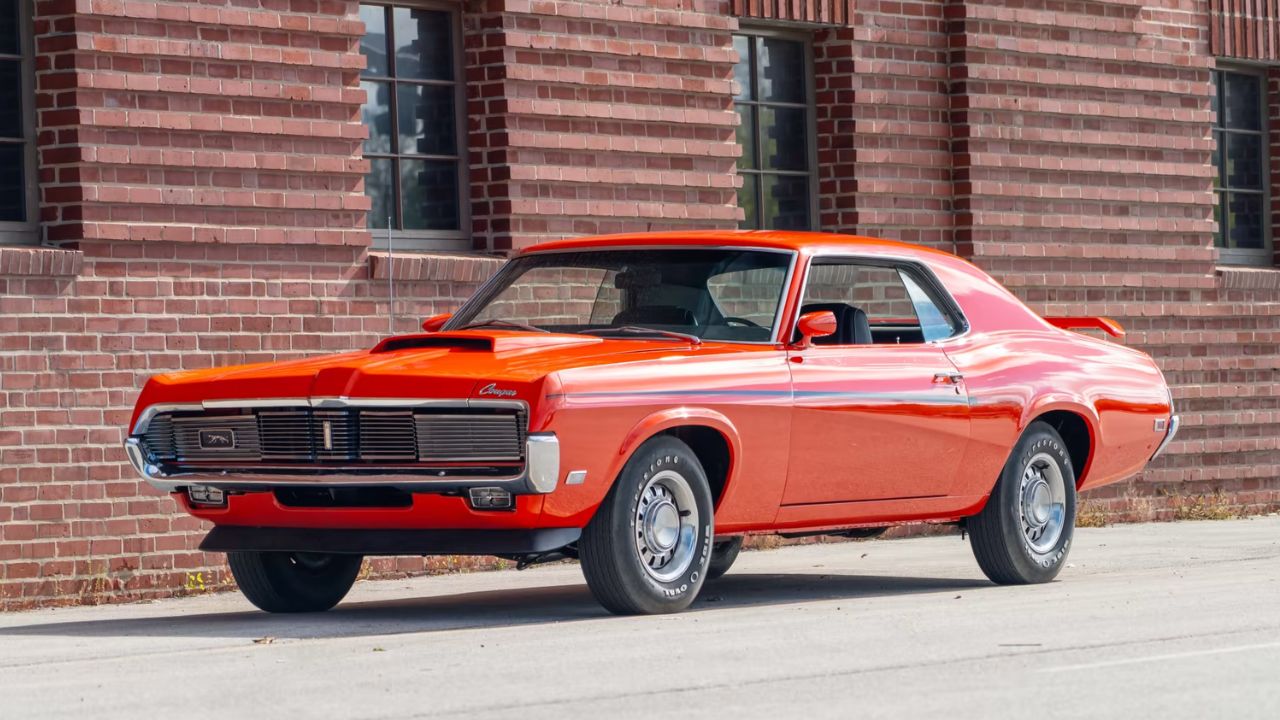
In 1969, Mercury built two street-legal Boss 302 Cougars for Trans-Am racing homologation. These mirrored the Boss 302 Mustang, with a 290-hp small-block V8, four-speed manual, and F60 tires on a 108-inch wheelbase. Ford kept the Boss name exclusive to Mustangs, halting wider production.
The prototypes showed Mercury could match Shelby’s small-block performance. Had they reached showrooms, they’d have slotted between the Eliminator and GT-E, offering a high-revving alternative to big-block Cougars.
5. Dan Gurney Lent Racing Credibility
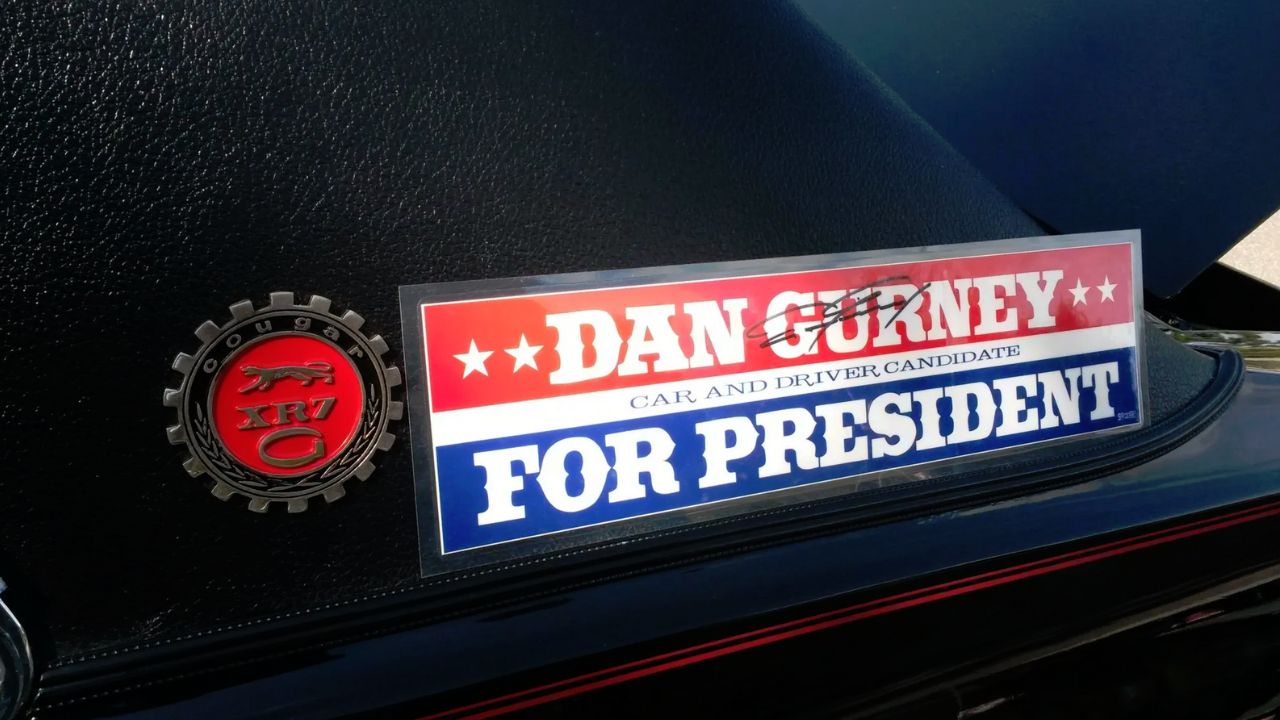
Mercury tapped Dan Gurney’s racing fame to boost the Cougar’s image. Gurney drove Cougars for Bud Moore in the 1967 Trans-Am series, competing against Camaros and Mustangs. His success gave Mercury track credibility, much like Shelby’s Le Mans and SCCA wins did for Mustang.
The XR7-G’s Gurney connection linked showroom cars to racing, mirroring Shelby’s strategy. This gave Mercury confidence to chase performance buyers, a shift from its usual luxury focus, and set the stage for models like the Eliminator.
6. Cougar Interiors Outshone Shelby’s
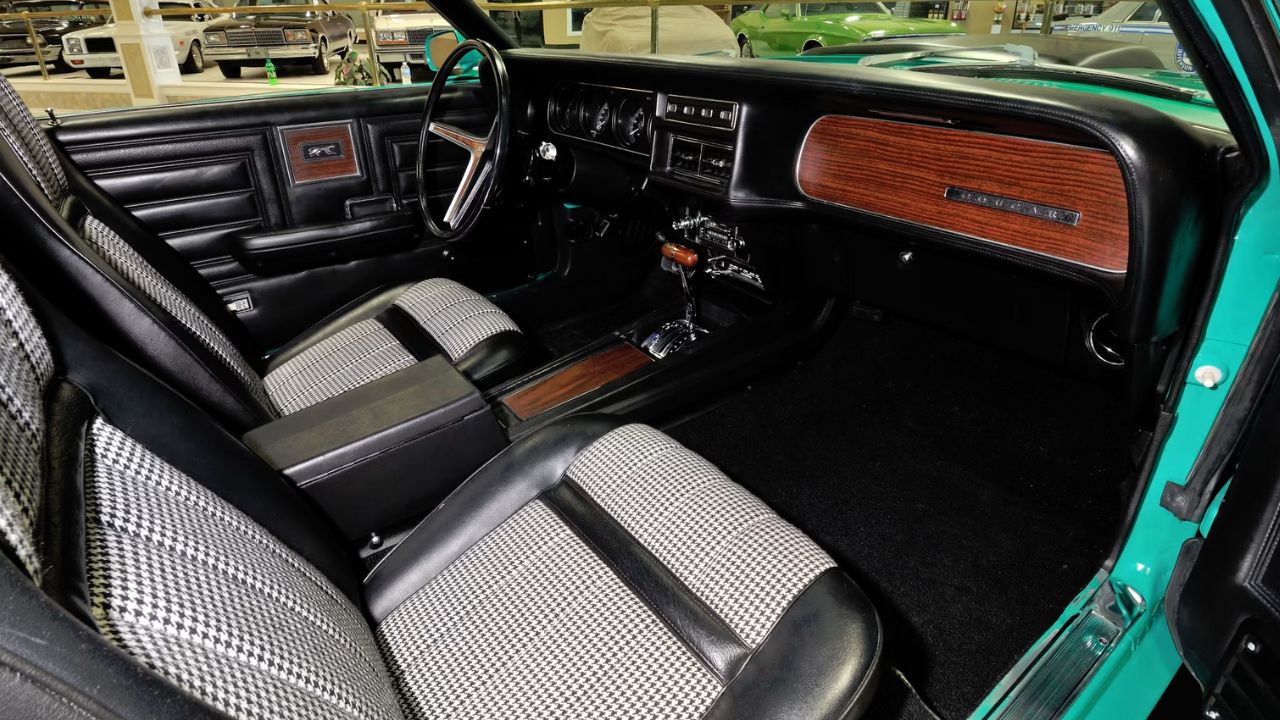
Shelby Mustangs prioritized performance with sparse interiors, but Cougars blended speed with comfort. Eliminators and XR7-Gs offered padded buckets, full gauges, rim-blow steering wheels, and options like air conditioning and leather, rare in Shelby builds.
Even with a 428 Cobra Jet, Cougars had woodgrain consoles and plush trim, appealing to buyers wanting less noise and more livability. This refined cabin gave Mercury an edge for daily drivers who still craved muscle car performance.
7. The 428 Cobra Jet Leveled the Field

Mercury’s 428 Cobra Jet (335 hp, ~400 real-world) in 1969–70 Cougars, like the Eliminator, matched Shelby’s big-block Mustangs. The Drag Pack option (4.30 gears, oil cooler) delivered ~14.4-second quarter-miles at 99 mph. The Cougar’s 3,300-pound weight aided acceleration.
Shelby GT500s used similar powertrains but cost more (~$4,400 vs. Eliminator’s ~$3,500). Mercury offered comparable performance at better value, making the Cougar a street threat that quietly challenged Shelby’s dominance.
8. Shelby Parts Boosted Cougar Cred
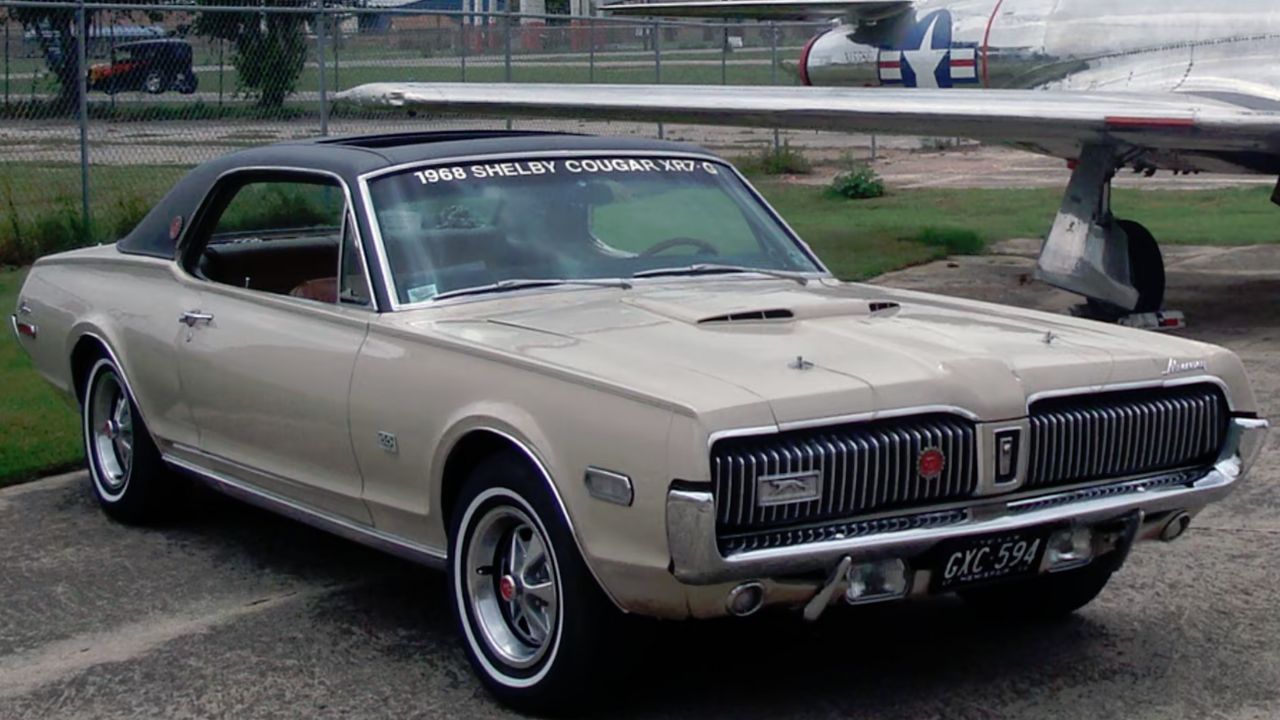
Shelby Automotive supplied fog lights, consoles, steering wheels, and some suspension parts for the XR7-G, leveraging A.O. Smith’s shared production. Wheels and hood scoops also showed Shelby influence. This wasn’t random—Ford used Shelby’s expertise to fast-track Mercury’s performance image.
No “Shelby Cougar” existed, but the shared components gave models like the XR7-G instant credibility. The parts bin connection tied Mercury’s efforts to Shelby’s proven performance formula, especially for limited-run models.
9. Eliminator Outlived Shelby’s Mustang
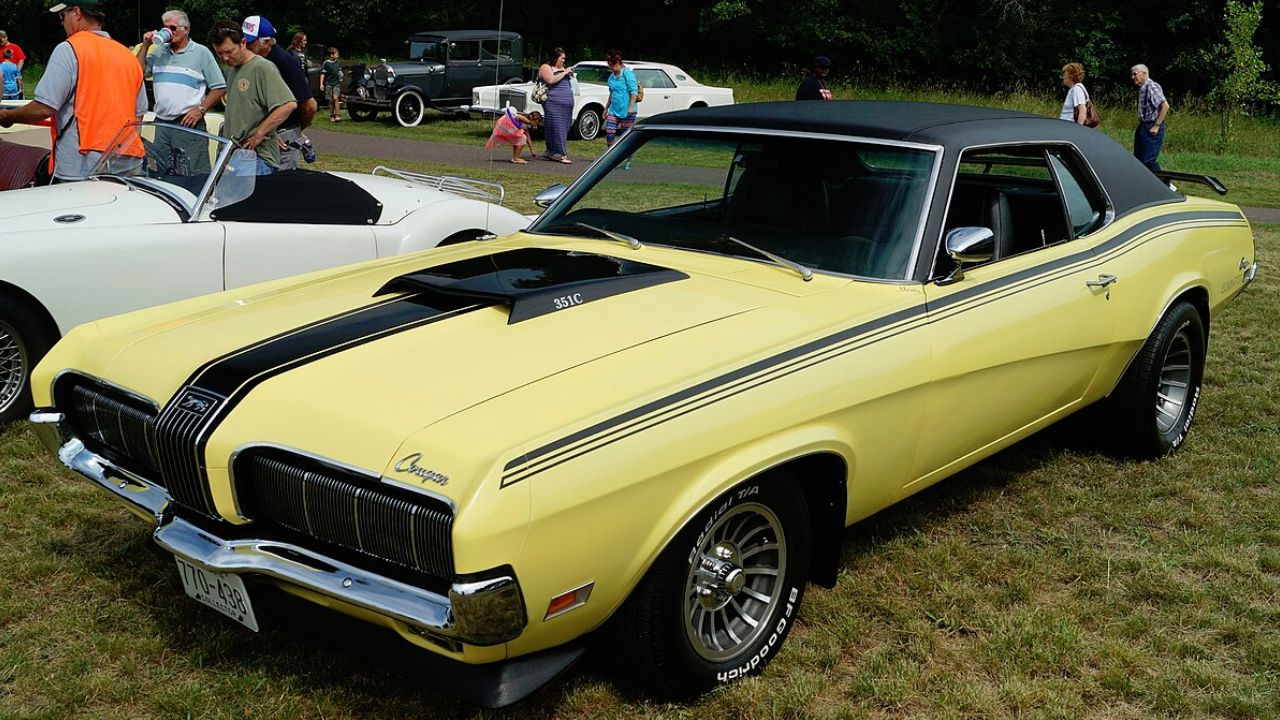
Shelby’s last true Mustangs were 1970 models, after which the name became marketing-only until the 2000s. Mercury’s Cougar Eliminator ran through 1970, with 2,267 built, and was considered for 1971 but canceled due to market shifts. This gave Mercury a slight edge in offering high-performance pony cars longer.
It’s not a major win, but it shows Mercury’s commitment to performance buyers post-Shelby. The Eliminator’s longevity underscored its appeal, even as the muscle car era waned.
10. Mercury’s Muscle Era Ended Quietly
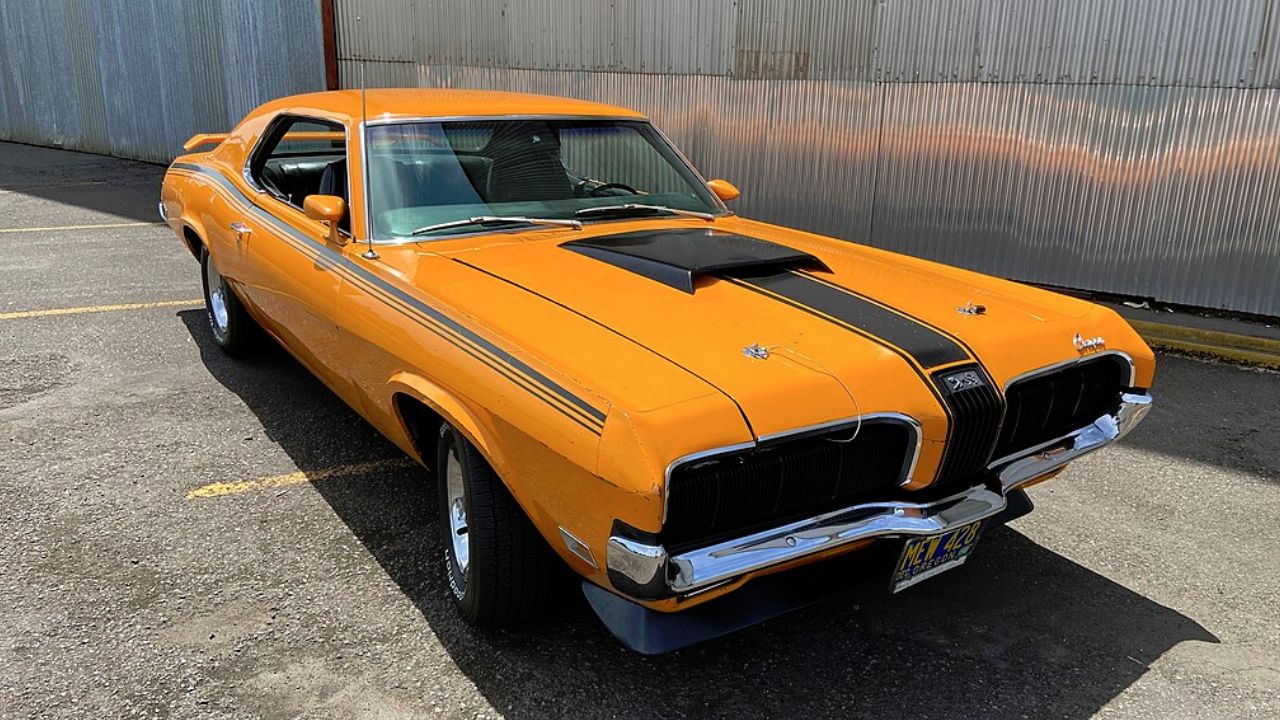
By 1971, rising insurance costs and emissions rules killed high-performance cars. Shelby exited, and Mercury dropped the Eliminator, shifting Cougars toward Thunderbird-like luxury. The GT-E, XR7-G, and Eliminator proved Mercury could rival Shelby with strong performance and better value.
They never got Shelby’s spotlight, but these Cougars offered refined interiors and comparable power for less money. Mercury’s brief muscle car push left a mark, showing it could hang with the best before the era faded.

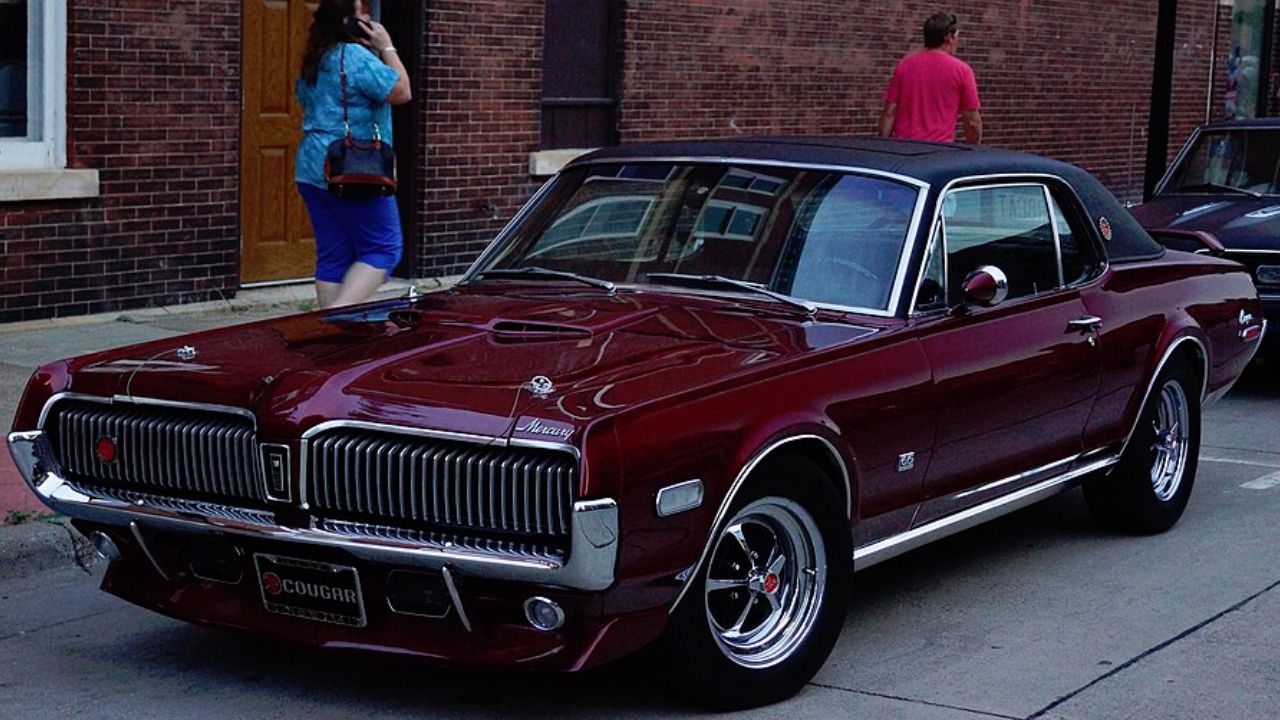
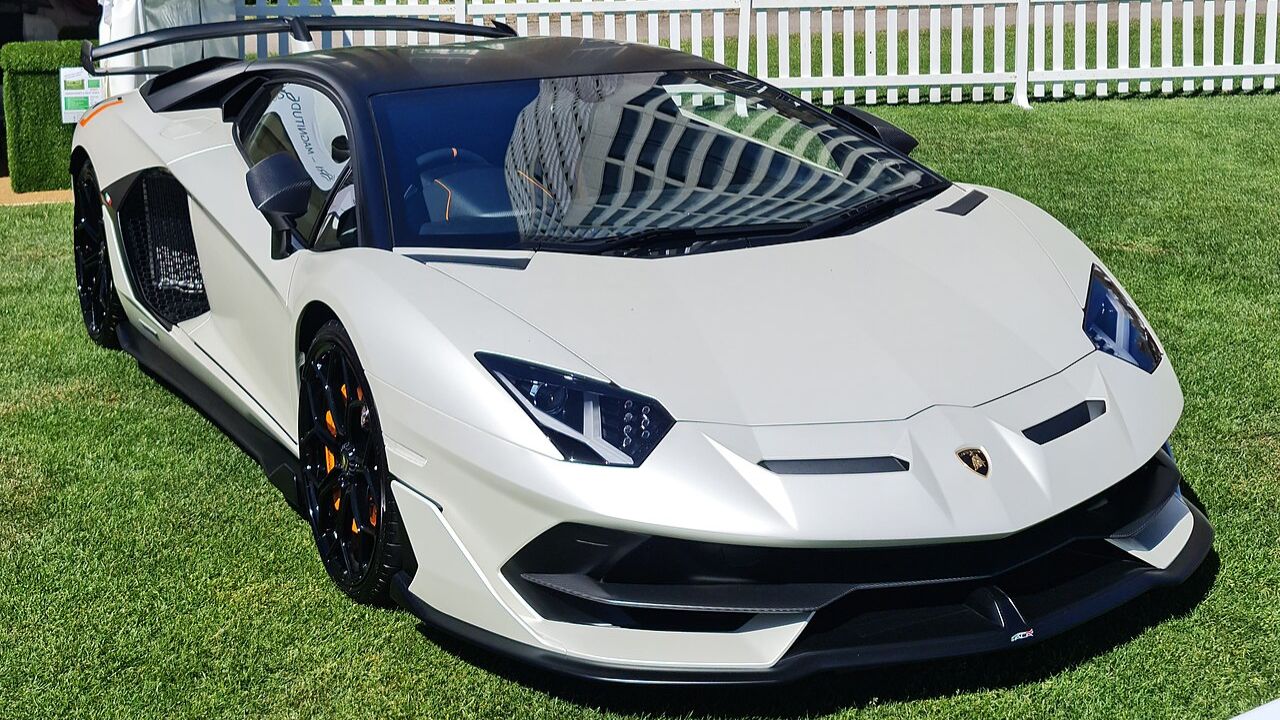
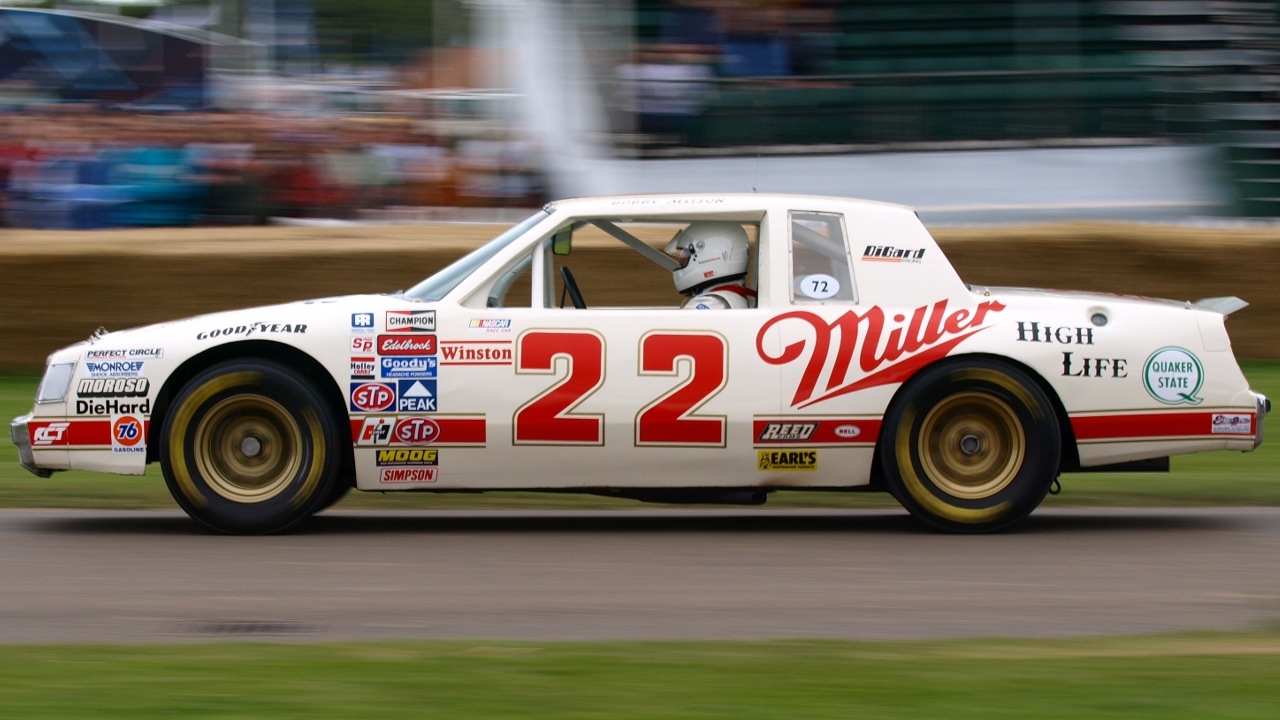
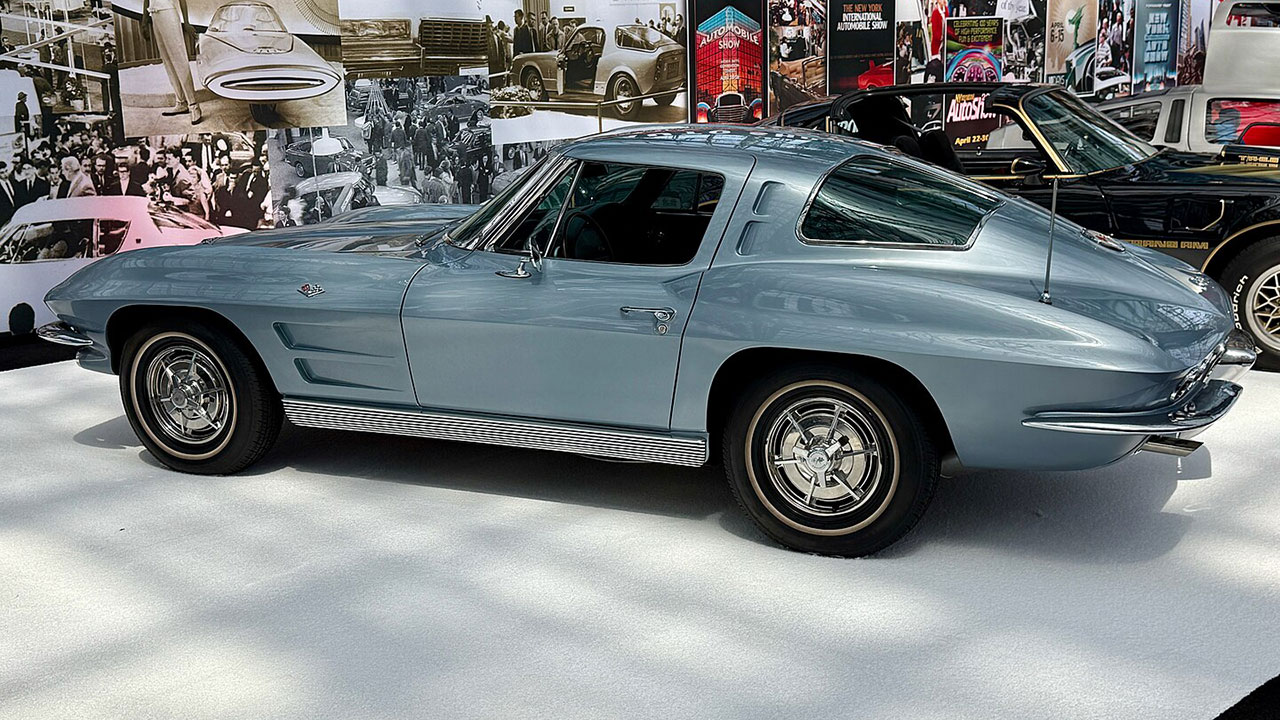
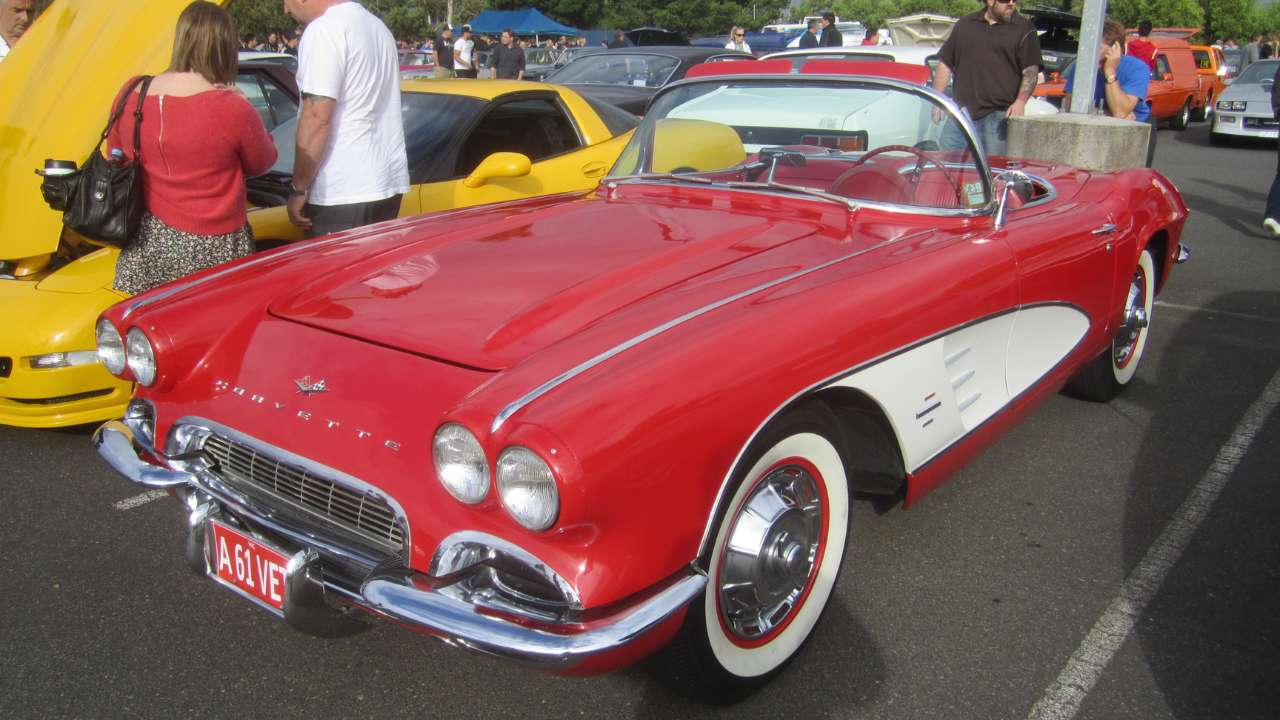
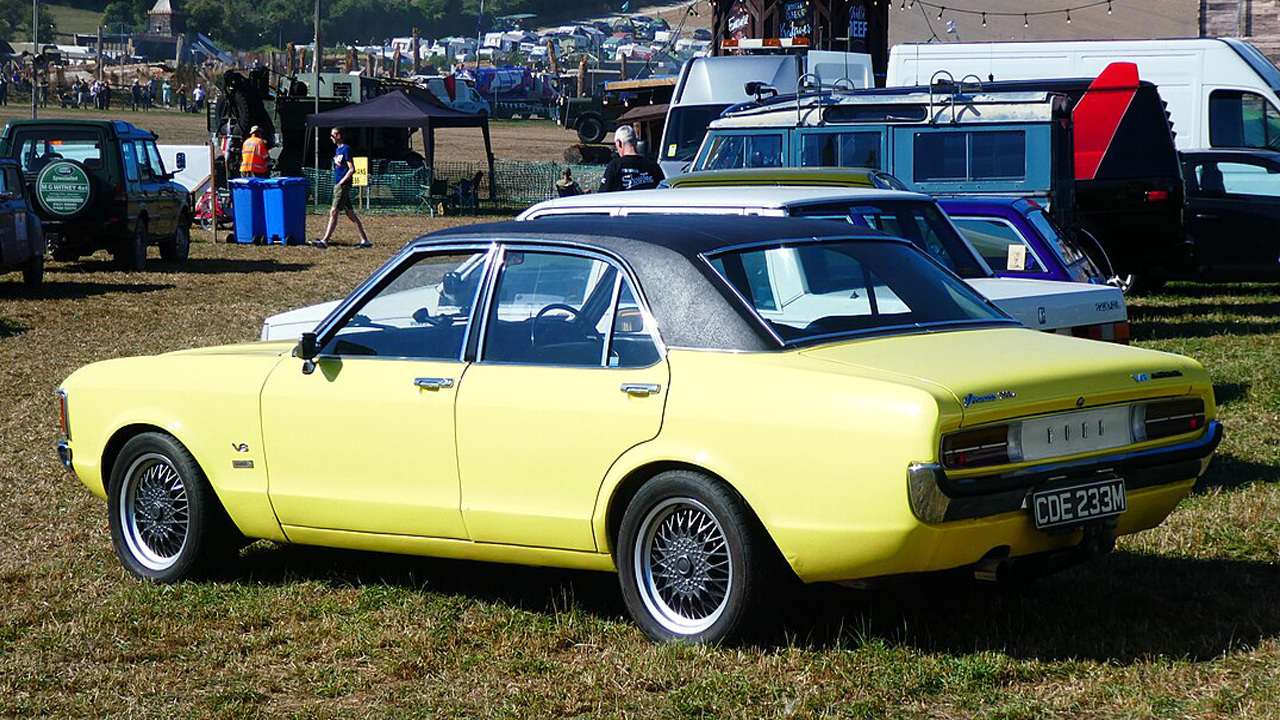
Leave a Reply